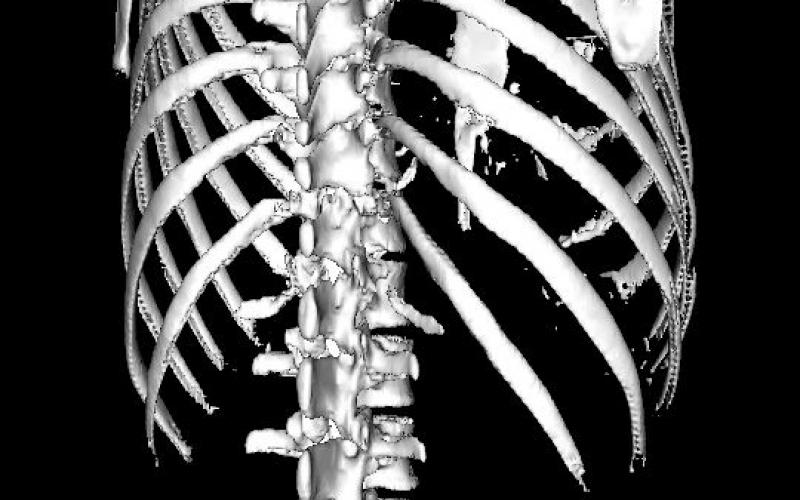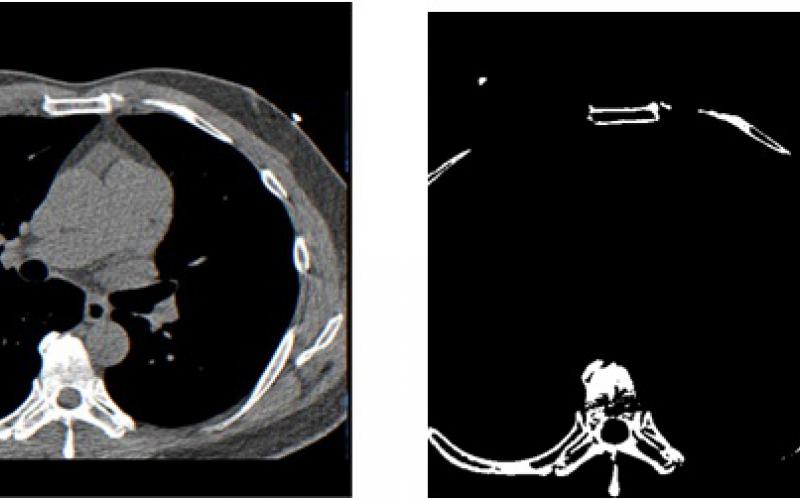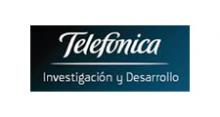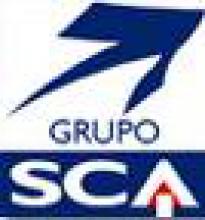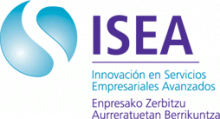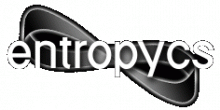evMIC

Project funded in 2009 through the program AVANZA by the Spanish Ministry of Industry, Tourism and Commerce.
The objective of this project was the creation of an interoperable, user-centered platform to enable the creation of virtual learning environments, overcoming current limitations and aligning with the current definition of "The Internet of the Future".
Collaborative virtual environments (EVC) support a realistic collaboration and interaction between people through aspects such as immersion, the feeling of presence and the immediate response of the system. Taking these aspects into account, the evMIC consortium implemented an interoperable, user-centered generic platform, aimed at overcoming the limitations of current tools through four main pillars: a new paradigm of accessible interaction, information management, simulation and services offered by the virtual world. The intended scope of this platform focused on providing support to three key scenarios in the labor sector: teleworking, staff selection and professional training.
The development of several modules integrated in the core of the platform architecture played a key role in supporting the definition of virtual learning environments. Specific tools were also developed to deploy four pilots for professional applications. These pilots, used as well to validate and assess the evMic platform, were as follows:
- Personnel / Staff selection;
- Professional coaching (eCoach);
- Teleworking tools; and,
- Surgical trainer.
The Virtual Reality Group at CeDInt participated in the design and creation of the platform’s interoperable architecture and in the development of Augmented Reality environments and content, among other activities. Moreover, it has been the main responsible for the development of the Module for Osseous Structures Reconstruction (OSR) to support the deployment of the Surgical trainer pilot.
Module for Osseous Structures Reconstruction:
This OSR module allows a fully automated, 3D reconstruction of a bone structure from the corresponding medical images contained in a DICOM file. The final result, that is the three-dimensional geometry of the bone structure under study, is then stored in a suitable file that could be imported in several 3D software tools.
To perform this task, an intensity-based segmentation algorithm has been developed, based on an automatic pixel classification requiring any training or user's supervision. This is an important advantage against other methods, which need some sort of human intervention prior to the segmentation process. After the segmentation of the whole set of images that constitute the DICOM file, a 3D reconstruction algorithm (i.e. the Marching Cubes algorithm) is applied in order to obtain the three-dimensional models corresponding to the bone structures.
Results:
In the following figures, several examples of the application of the segmentation algorithm on different Computed Tomography images (CT) are shown.
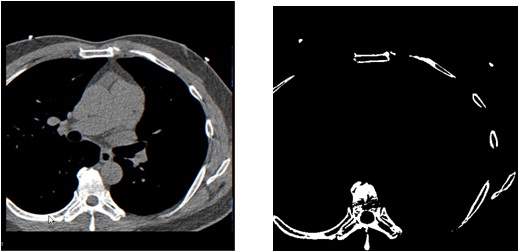
Figure 1. Image of the torso at the height of the heart (left), and the result of the segmentation algorithm (right)
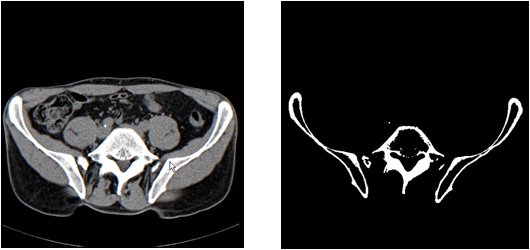
Figure 2. Image of the pelvis (left) and the resulting segmentation (right)
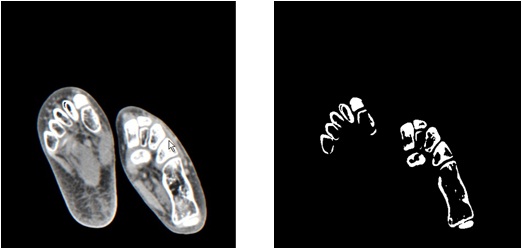
Figure 3. Image of the feet (left) and the resulting segmentation (right)
On the other side, the following images depict the 3D reconstruction of a couple of osseous structures, as per the Marching Cubes algorithm:
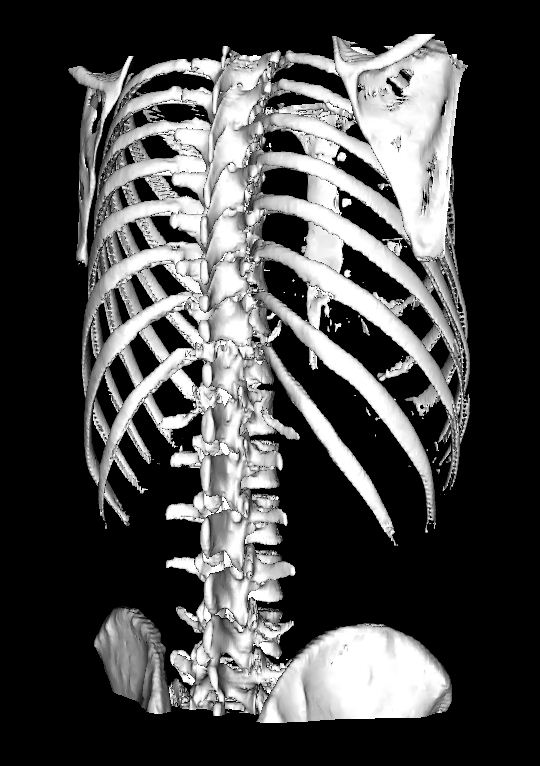
Figure 4. Reconstruction of the vertebral column, chest and the pelvis
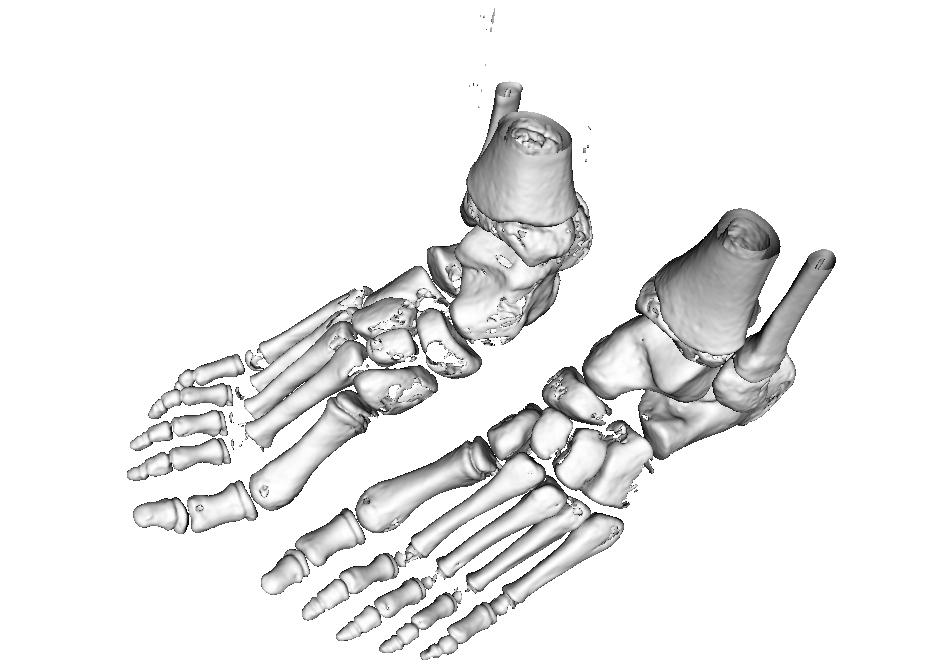
Figure 5. Feet 3D Model
More information available at the "evMic: Entornos Virtuales Multimodales Inmersivos y Colaborativos" project website (Spanish only)

